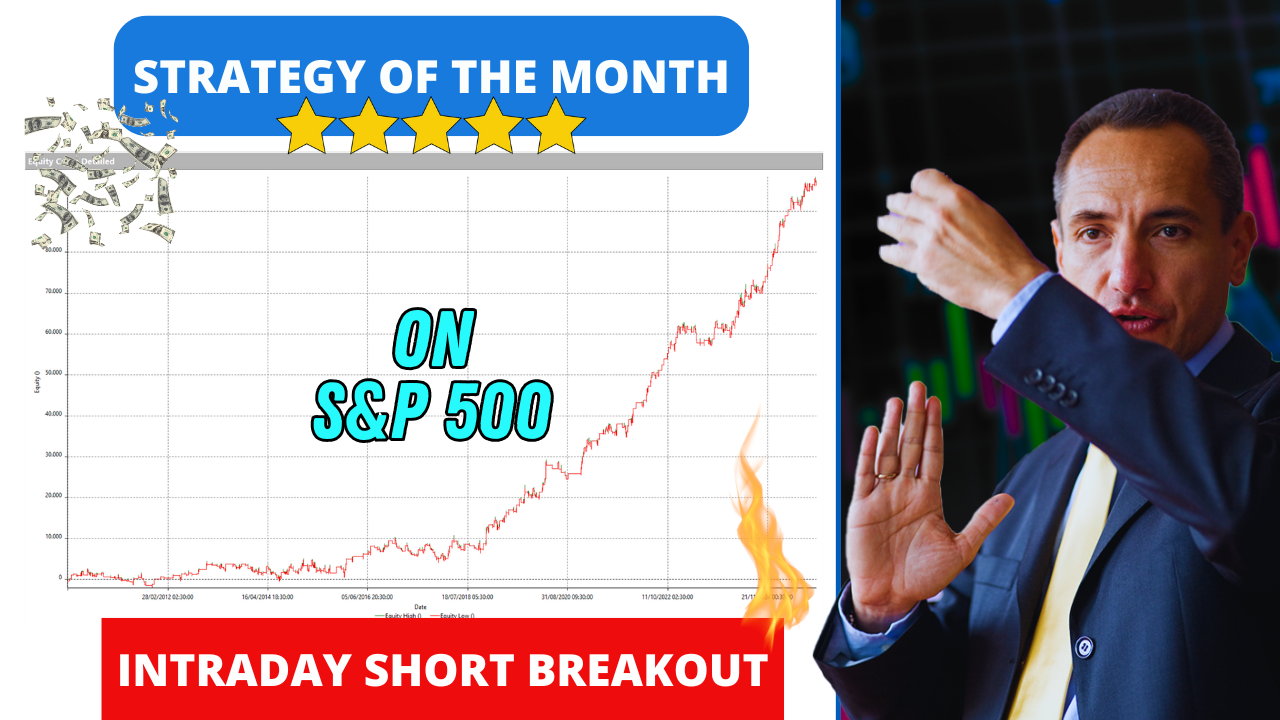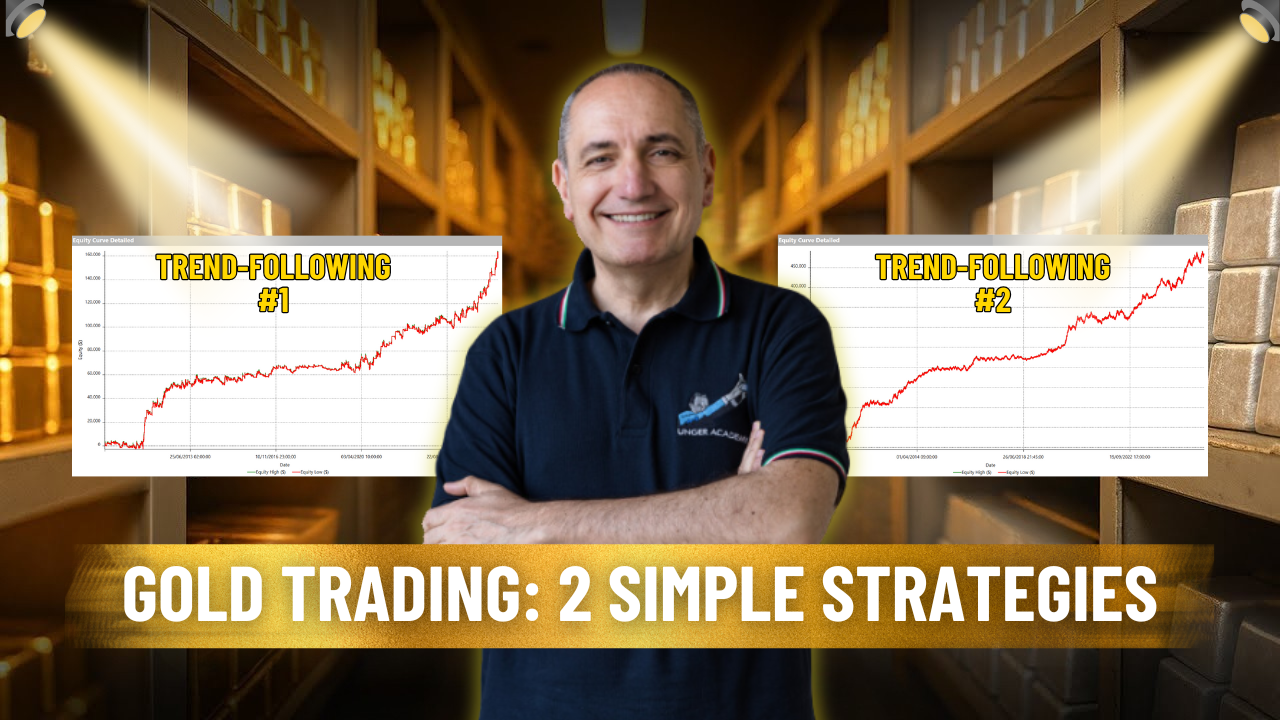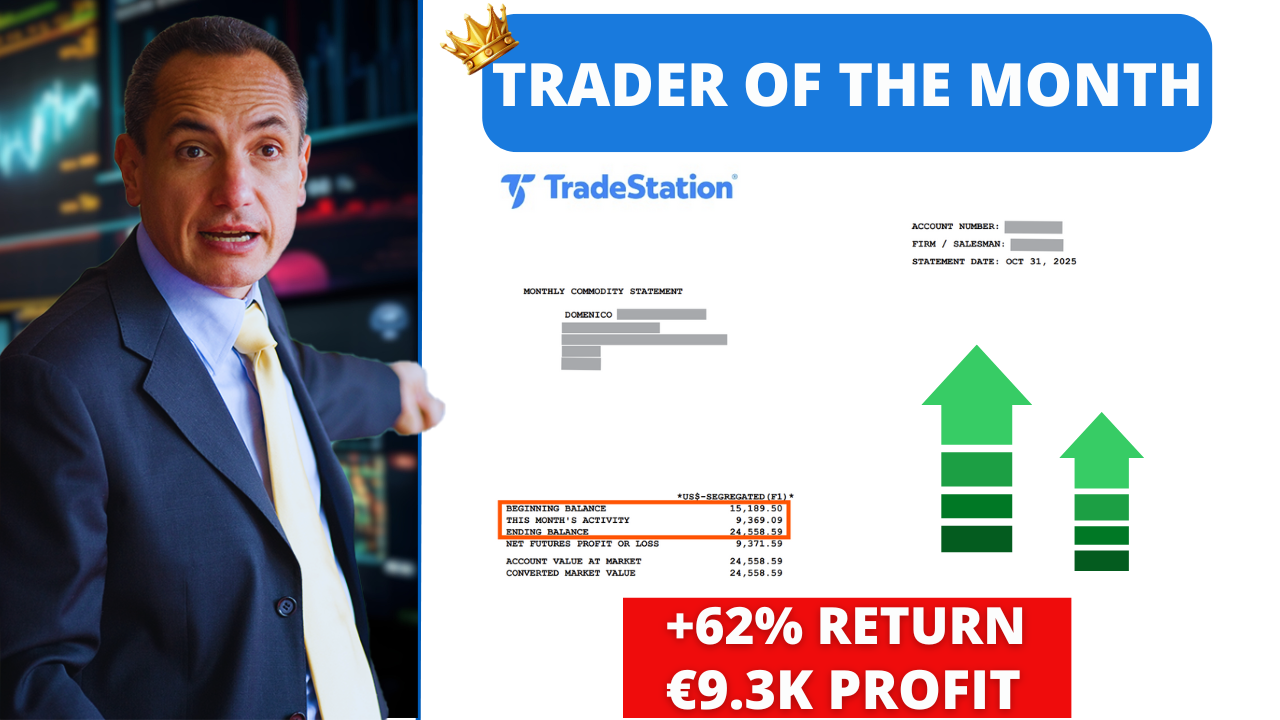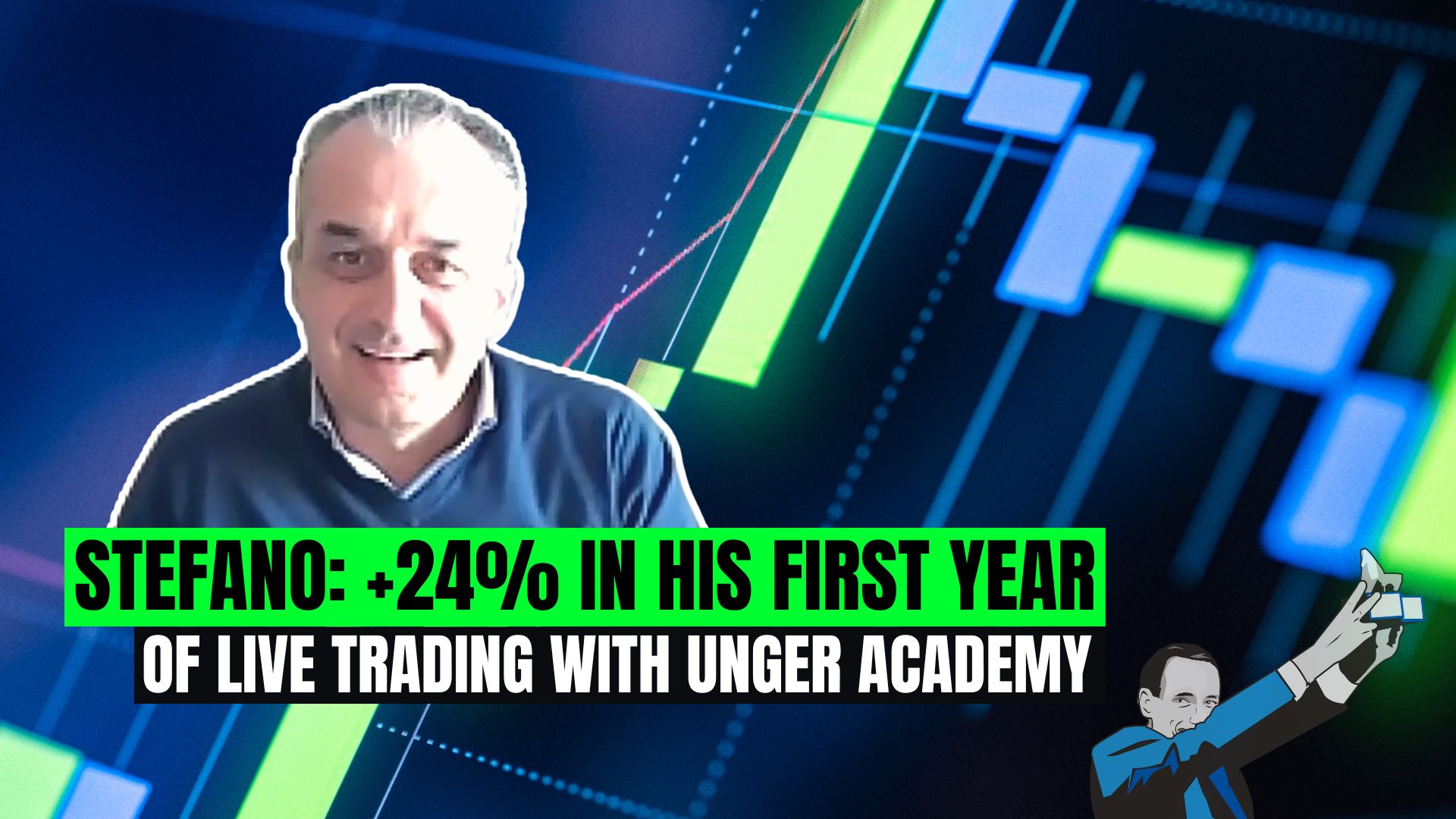Hello again everyone and welcome to this new video.
Today we’re talking about American equity indexes again, and we’re going to test our strategy on different indexes using a rotational portfolio. In a previous video, we tried to understand if it’s worth buying the stocks that rise the most and those that fall the most. Today, we’re going to see if it’s worth trading the more lateral stocks, so the ones going through a laterality phase more than the other stocks in the same index.
So I used a monthly rotation and analyzed different indexes to evaluate the results we get by trading the stocks that are exactly in the middle of the ranking.
So today I’m going to show you the results we can get on two indexes: Nasdaq100 and S&P500. As far as the S&P500 is concerned, we’ll trade the 50 stocks in the middle of the ranking of all the 500 stocks that make up the index. As for Nasdaq, we’ll take the 10 stocks in the middle of the ranking of the 100 stocks in the index.
Let’s start with S&P500. In this case, the ranking is based on a calculation period of one month, and we can see that the strategy performs quite well and even outperforms the benchmark a lot. So this is certainly an interesting thing. However, the system went down a lot during the Covid pandemic, as expected, in the most acute phase here, and it performed poorly during the subprime mortgage crisis, so the global crisis. The drawdown is very high, but the return is significantly higher than that of the benchmark. So I think that this basic model is indeed quite interesting.
Now let’s see what happens if we choose a different calculation period. So let’s take 6 months as a time horizon to identify the 50 stocks to buy and still work on a monthly rotational basis. The scenario is more or less the same as before. The drawdown is slightly higher, and the returns are slightly lower, but the equity curve is still quite good, apart from a few bad periods. Anyway, all in all, the strategy still seems to be doing better than the benchmark.
Now let’s see what happens on Nasdaq. In this case, we take the 10 stocks in the middle of the ranking. These are the results we get using a calculation period of one month for the ranking. As you can see, there’s nothing exciting here. Yeah, the drawdown is slightly lower than the benchmark, but the return is also lower. In addition to this, if we look at the whole history, it seems that the strategy would have never been able to outperform the benchmark. Seeing these results, I would avoid using this strategy.
Let’s now see what happens using a 6-month ranking, as we did with the S&P500. Unfortunately, even in this case, there’s nothing interesting. The strategy’s drawdown is lower than that of the benchmark, but the returns are also lower.
So honestly, if I had to choose which of these two indexes to trade, I’d probably go for S&P500, even if trading 50 stocks at a time can be pretty tough and even a bit uncomfortable. Anyway, the basic idea seems to work pretty well, and that’s why it could be interesting to give it a try and see if, by trading fewer stocks, it’s still possible to get some good results.







